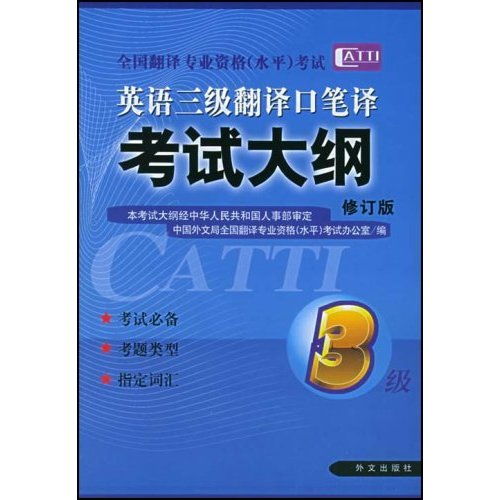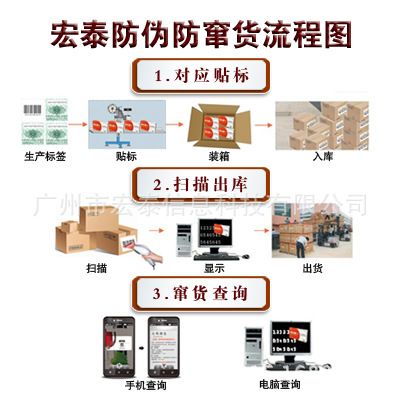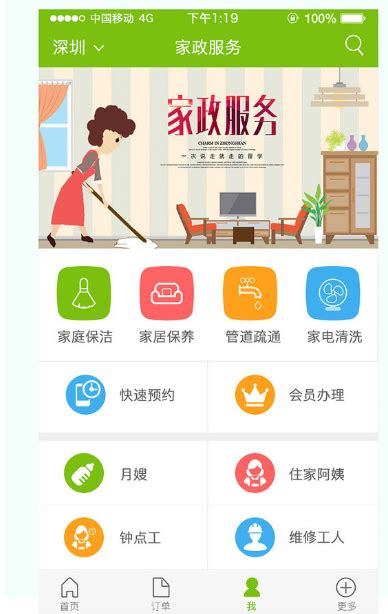Understanding Beauty Translation
In the realm of translation, the art of conveying beauty goes beyond mere words. The translation of beautyrelated content requires a nuanced approach, where linguistic accuracy meets cultural sensitivity. Let's delve into the intricacies of translating beauty terminology and content from Chinese to English.
1. Cultural Context
:
Beauty standards and practices vary significantly across cultures. What is considered attractive or desirable in one culture may not necessarily hold true in another. Translators must grasp the cultural nuances embedded in beautyrelated terms to ensure the message resonates with the target audience. For instance, while "美容" (měiróng) directly translates to "beauty" in English, it encompasses a broader spectrum of skincare, makeup, and grooming practices in Chinese culture.
2. Linguistic Precision
:
Translating beauty terms requires linguistic precision to capture the essence of the original message. It involves understanding not only the literal meaning but also the connotations associated with specific words. For example, translating "美白" (měibái) as "whitening" may not fully convey its cultural implications. Instead, "brightening" or "skin radiance" could better capture the desired effect without implying skin color alteration.

3. Product Localization
:
In the beauty industry, product names and descriptions play a pivotal role in marketing. Translators need to adapt these elements to suit the target market while preserving brand identity. This involves more than a literal translation; it requires transcreation – creatively reimagining the content to evoke similar sentiments in the target audience. For instance, "水光针" (shuǐguāng zhēn) may be localized as "HydraGlow Infusion" to resonate with Englishspeaking consumers.
4. Trends and Terminology
:
The beauty industry is dynamic, with new trends and terminology emerging constantly. Translators must stay updated with the latest developments to accurately convey modern beauty concepts. This includes understanding buzzwords like "素颜" (sùyán) for "barefaced" beauty or "网红" (wǎnghóng) for "internet celebrity" endorsed products, which may not have direct equivalents in English.
5. Credibility and Trust
:
Consumers place immense trust in beauty brands, expecting transparency and authenticity in product information. Translators play a crucial role in upholding this trust by ensuring accurate and reliable translations. Any discrepancies or inaccuracies could undermine the brand's credibility and lead to consumer skepticism.
Conclusion:
Translating beautyrelated content requires more than linguistic proficiency; it demands a deep understanding of cultural nuances, linguistic precision, and adaptability to evolving trends. By embracing these principles, translators can effectively bridge the gap between languages, enabling beauty brands to connect with diverse audiences on a global scale.
This HTML layout is structured to provide a comprehensive guide to understanding beauty translation, covering cultural context, linguistic precision, product localization, trends and terminology, and the importance of credibility and trust in translations. Each section offers insights and recommendations for effectively translating beauty content from Chinese to English.










